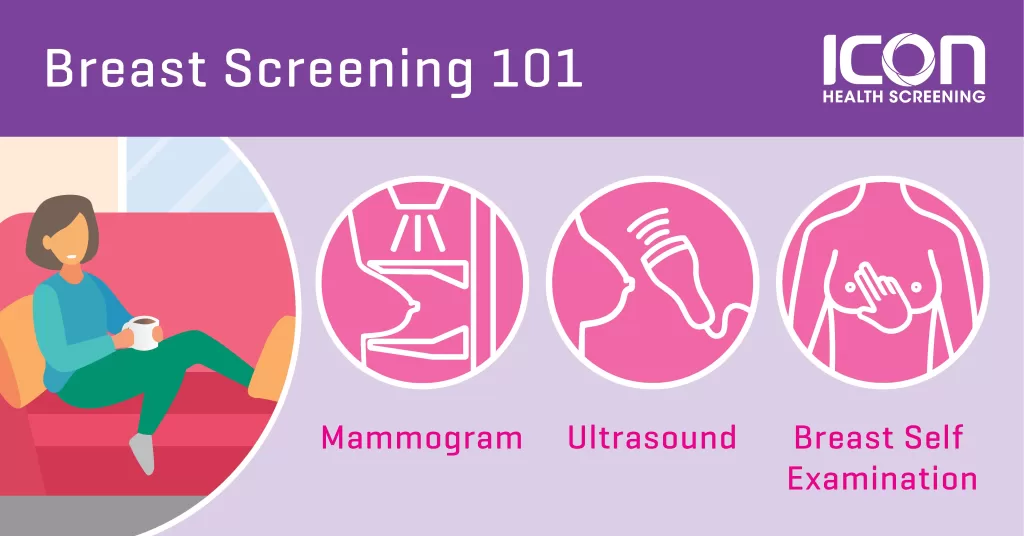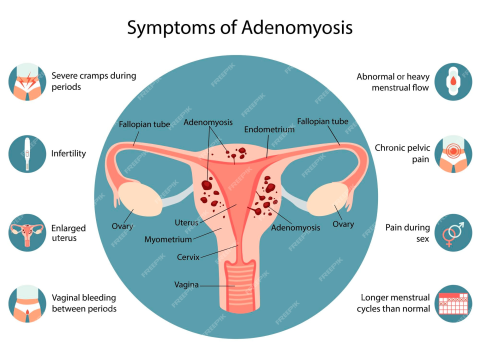Breast screening is a critical process for the early detection of breast cancer, and it encompasses various techniques such as mammograms and breast ultrasounds. As women approach their 40s, regular screenings become a vital component of their healthcare routines, designed to identify issues before they escalate. Understanding the nuances of these methods is essential, particularly regarding mammogram discomfort and the specific breast density information that may influence screening choices. With breast cancer detection rates linked closely to effective screening practices, knowing the benefits of breast ultrasound can provide an additional layer of safety for those with dense breast tissue. This guide will explore how to navigate the options of mammogram vs ultrasound, ensuring you are equipped to make informed health decisions.
In the realm of breast health, early detection is paramount, and various screening methods, including radiographic imaging and sound wave examinations, play a crucial role. These techniques are designed to identify potential malignancies, thereby improving outcomes for women globally. By familiarizing yourself with the benefits of ultrasound alongside traditional mammogram use, especially concerning the unique challenges posed by breast tissue density, you can make well-informed choices regarding your screenings. It’s important to weigh the discomfort and anxiety that may come with imaging tests against their ability to detect breast cancer effectively. This article aims to demystify the conversation around these essential screening tools, empowering women to take proactive steps toward optimal health.
Understanding Breast Screening: The Importance of Mammograms and Ultrasounds
Breast screening is a critical component of women’s health, enabling early detection of potentially life-threatening conditions such as breast cancer. Mammograms and breast ultrasounds are two primary methods utilized to assess breast health. While mammograms use X-ray technology to create images of breast tissue, ultrasounds employ sound waves to visualize the internal structures. Each modality has its own advantages: mammograms are widely recognized for their effectiveness in detecting early-stage cancers, while ultrasounds can complement mammograms, particularly for women with dense breast tissue. The accurate identification of breast conditions through these screenings is vital in guiding further diagnostic processes and treatment options.
As screening technology evolves, understanding how these methods differentiate in detection capabilities is crucial. Mammograms are typically recommended annually for women over 40, but they may not suffice for those with high breast density, where the tissue can obscure abnormalities. In such cases, incorporating breast ultrasounds can enhance detection that a mammogram alone may miss, highlighting the necessity for a tailored approach to breast screening.
Mammogram Discomfort: Tips for a Better Experience
One of the common concerns surrounding mammograms is the discomfort some women experience during the procedure. This discomfort can sometimes deter women from participating in necessary screenings, which is unfortunate given the importance of early breast cancer detection. To mitigate discomfort, women can consider scheduling their appointments at specific times during their menstrual cycle when breast tenderness may be lower. Additionally, utilizing calming techniques like deep breathing can help alleviate anxiety associated with the screening process. By preparing adequately for the appointment and understanding what to expect, women can improve their mammogram experience.
Moreover, healthcare providers play a vital role in relieving concerns by ensuring that patients are informed about the procedure and its benefits. Emphasizing that the discomfort is temporary and that the benefits of timely breast cancer detection far outweigh the brief discomfort can encourage women to stay on course with their yearly screenings. Addressing these fears and making screenings more approachable will contribute to improved participation rates in breast health initiatives.
Breast Density and Its Impact on Screening Effectiveness
Breast density is an important factor in evaluating breast cancer risk and the effectiveness of screenings. Women with dense breast tissue may have a higher chance of developing breast cancer, and their dense tissue can mask tumors on mammograms, leading to missed diagnoses. Understanding breast density is vital for making informed breast screening decisions. The recent federal mandate requiring women to be informed of their breast density is a significant step forward in enhancing awareness and prompting discussions between patients and healthcare providers about personalized screening approaches.
Education on breast density can empower women to advocate for additional imaging, such as breast ultrasounds, if they fall into the category of having dense breasts. These ultrasound screenings can provide a clearer view of breast tissue where mammograms may struggle, making them a beneficial adjunct in the overall strategy for detecting breast cancer early. Encouraging dialogue about breast density between patients and doctors can lead to more comprehensive and effective screening methods tailored to individual needs.
Breast Ultrasound Benefits: A Comprehensive Evaluation Tool
Breast ultrasounds offer several unique benefits, especially for women with dense breasts or those who have been called back for additional imaging after a mammogram. One major advantage is that ultrasounds do not use radiation, making them a safer option for women who require frequent screenings or are concerned about radiation exposure. This feature is particularly appealing to younger women or those with a family history of breast cancer, as they may need regular monitoring over many years.
Another significant benefit of breast ultrasounds is their ability to provide immediate results. In many clinics, ultrasound examinations can be performed on site, allowing for quicker diagnoses compared to the delayed results often associated with mammogram follow-ups. For women facing the stress of potential breast cancer concerns, such rapid assessment can alleviate anxiety and enable prompt decisions regarding next steps. This efficiency, combined with the safety of the procedure, makes breast ultrasounds an invaluable tool in the comprehensive evaluation of breast health.
The Role of Insurance in Breast Cancer Screening Accessibility
Understanding insurance coverage for breast cancer screenings is crucial for many women, as financial concerns can be significant barriers to accessing necessary healthcare. While mammograms are typically covered as part of routine screenings, insurance policies regarding breast ultrasounds can vary widely. This inconsistency can create confusion and discourage women from pursuing additional imaging that may be necessary for early detection, particularly for women with a higher risk of breast cancer due to dense breast tissue or family history.
Advocacy efforts are rising to ensure comprehensive coverage for all breast health screening methods, including breast ultrasounds. By educating women about their insurance options and potential out-of-pocket costs, healthcare providers can empower patients to navigate these challenges effectively. Moreover, government initiatives focusing on breast cancer awareness and screening access can help mitigate these financial barriers, ultimately improving overall breast health outcomes.
Frequently Asked Questions
What is the difference between a mammogram and a breast ultrasound in breast screening?
Mammograms are X-ray imaging techniques specifically designed for breast tissue, while breast ultrasounds use sound waves to create images of the internal structures of the breast. Mammograms are typically the standard screening method for breast cancer detection, whereas breast ultrasounds are often used as a follow-up tool, particularly for women with dense breast tissue where mammograms may be less effective.
How does breast density affect mammogram and ultrasound results in breast screening?
Breast density can significantly impact mammogram results as denser breast tissue can hide abnormalities and increase the risk of breast cancer. For women with high breast density, breast ultrasounds may provide clearer images and help detect issues that a mammogram might miss, making it a valuable complementary tool in breast screening.
What are the benefits of breast ultrasounds compared to mammograms in breast screening?
Breast ultrasounds offer multiple advantages over mammograms, particularly for women with dense breast tissue. Key benefits include no exposure to radiation, enhanced visualization of breast structures, and immediate results. As a supplementary tool, breast ultrasounds can provide additional information when mammograms are inconclusive or show abnormalities.
Is mammogram discomfort common during breast screening?
Yes, many women report experiencing discomfort during mammograms, which can lead to anxiety about the screening process. The discomfort is caused by the compression of breast tissue needed to obtain clear images. Understanding potential discomfort and managing expectations can help women prepare for the procedure and encourage regular screening attendance.
What regulations exist regarding breast density information for mammograms?
Recent federal mandates require that women be informed about their breast tissue density following mammograms. This information is crucial as it affects the cancer detection rates and risk assessment. Being aware of breast density enables women to make informed decisions about additional screening methods, such as breast ultrasounds, if necessary.
| Key Features | Mammogram | Breast Ultrasound |
|---|---|---|
| Definition | A specialized X-ray for breast tissue. | Uses sound waves to create images of the breast. |
| Advantages | Effective in early detection; standard practice; federally regulated notification about breast density. | No radiation; better visualization for dense tissue; immediate results. |
| Disadvantages | Can be uncomfortable; less effective for dense breast tissue. | Not a primary screening tool; potential insurance coverage issues. |
| Recent Developments | Focus on discomfort and accessibility; new regulations on breast density. | Growing role in follow-up care; advocacy for insurance coverage. |
| Recommendation | Consult with healthcare providers; consider comfort and risk factors. | Used as a complementary tool to mammograms for comprehensive screening. |
Summary
Breast screening is a vital process in the early detection of breast cancer, and understanding the differences between mammograms and breast ultrasounds is key to making informed choices about your health. Mammograms serve as the standard screening method, ideal for women over 40 or those at higher risk, while ultrasounds provide valuable imagery for women with dense breast tissue and are essential in certain diagnostic situations. By engaging with healthcare professionals and staying informed about one’s personal breast health needs, women can personalize their screening approach, ultimately leading to better detection and outcomes.
The content provided on this blog (e.g., symptom descriptions, health tips, or general advice) is for informational purposes only and is not a substitute for professional medical advice, diagnosis, or treatment. Always seek the guidance of your physician or other qualified healthcare provider with any questions you may have regarding a medical condition. Never disregard professional medical advice or delay seeking it because of something you have read on this website. If you believe you may have a medical emergency, call your doctor or emergency services immediately. Reliance on any information provided by this blog is solely at your own risk.








